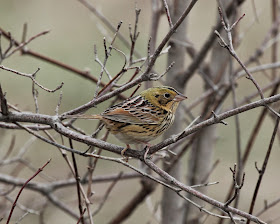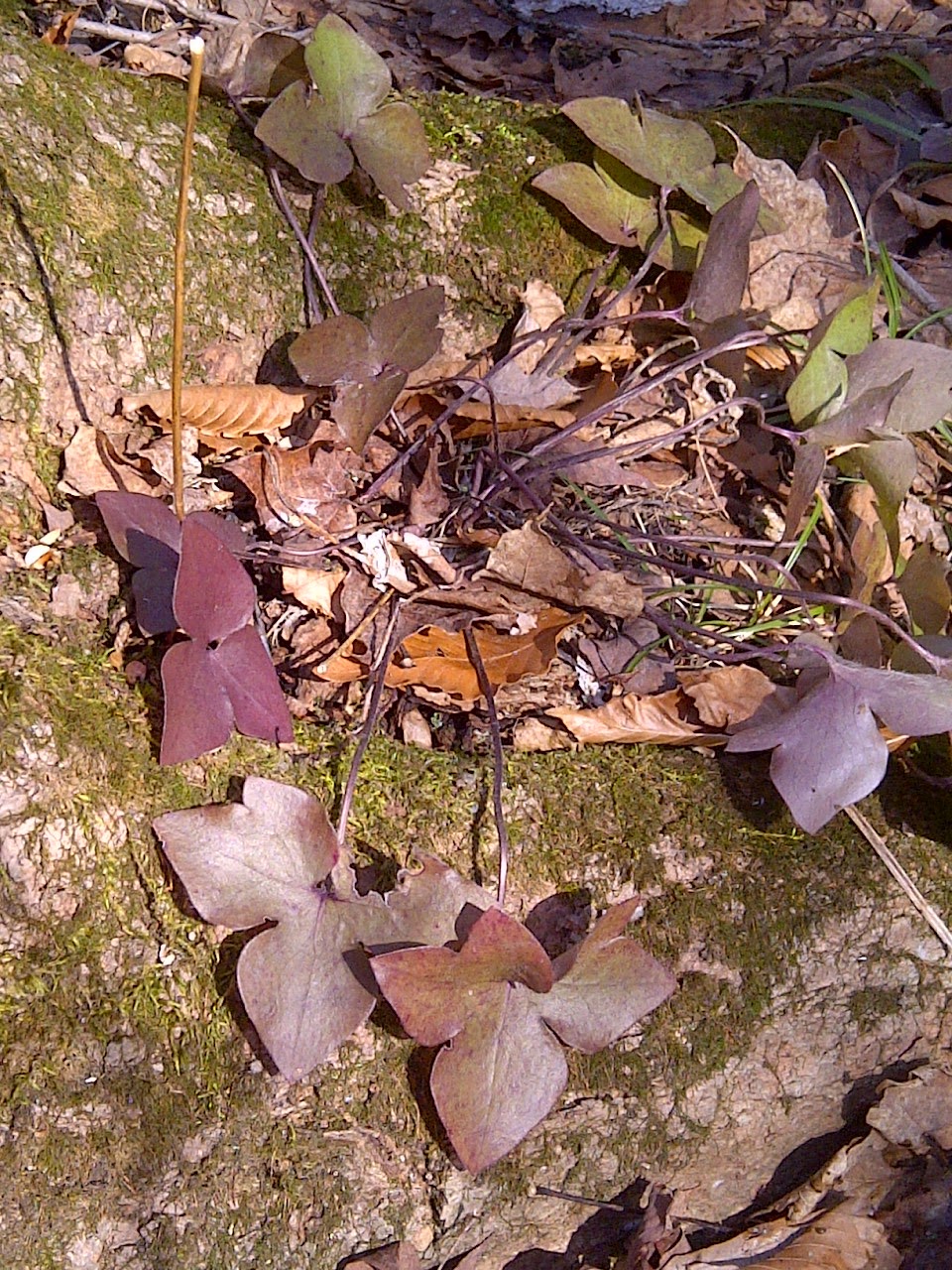I spend a lot of time on this blog talking about all the great things that eBird can do but the truth is there is tons that it doesn't (currently!) do that I would like it to. However, people much smarter than me have often figured out how to work with eBird data to do some of them. A good example is the
BirdTrax gadget to the right of this post, which was developed by Zachary Debruine.
Denis Lepage of
Bird Studies Canada runs an amazing website called
Avibase that if you haven't checked out you should - it has all sorts of things you'll find handy like bird checklists, bird taxonomies, bird species synonyms and way, way more (all of those features covers the whole world!). But one of the things I like most about Avibase are the
My Avibase features. Here you can import your eBird lists and/or manage your various lists and then of course view them with whatever global taxonomy/language you want. More importantly, you can then use the power of Avibase to generate all sorts of reports.
 |
| The range of reports Avibase can generate |
I'll let you check the screenshot above to see the types of reports Avibase can generate - they all have their own strengths/purposes. But here I'm going to talk about my favourite, the species list reports.
The species list reports are incredibly handy if you are planning a trip locally or abroad because you pick the location (country, state/province, and for some regions "county" level), the time of year, and the length of stay and Avibase can use eBird frequencies to calculate what species you are most likely to see and what the chances of you seeing it are. In the example below I chose the "species list" option in step 1 and then in step 2 I specified that I wanted to use the newest eBird taxonomy and wanted to see eBird probability scores for three days in April. (note: if you want to get rid of all the spuhs and slashes you can use the Clements taxonomy).

The above is the output generated in Avibase - it shows you that if you spent three random days any time in April birding in Frontenac County (Ontario, Canada) you could expect to see 56.8 species based on the cumulative probability scores from eBird. You can go through the species list and see how likely you would be to see each individual species. For the example above, you have a 77% chance of seeing a Great Blue Heron but only a 3% chance of seeing a Great Egret, good to know! I've found it handy when travelling to unfamiliar locations to copy the results into Excel and then colour-code the results based on likelihood and then to have that as an insert in my field guide. It makes for a really great "quick reference guide" when trying to decide between two or more similar species.
But you can go a step further and use My Avibase to create your life list for a region (let's use Frontenac County again) by importing your eBird records. Once you make a list in Avibase you can add records manually if your eBird life list isn't complete (for example, you know you've seen a Snowy Owl in Frontenac County but you haven't (yet) submitted one to eBird). Once you have a regional life list into Avibase you can make a slight modification to the query:
In the above screen shot you can see that I switched to see Frontenac (targets) (you can do this using a world, country, or province/state life list too). The result will show me what species I am most likely to add to my Frontenac County life list in three random days of birding in April:
Now, I've spent a fair bit of time in Frontenac County so there aren't too many "easy" birds left for me to get but there are still a few. eBird "expects" me to get 2.7 species but that doesn't take into account the fact that I will very likely modify my behaviour to maximize the return on my "investment". My most likely species are Pied-billed Grebe (20% - got it this morning, just haven't entered it into eBird yet), Fox Sparrow (20% - I have an area in mind), and House Wren (16% - I'l have to wait 2-3 more weeks for them to arrive) but I can go through the full list to essentially find out which species I should think about trying for this month.
 |
| Token bird photo...Pied-billed Grebe |
Anyways, I hope you check out My Avibase. It is super handy for planning your birding trips whether you're into life listing, county listing, or just getting an output of the species most expected for an area (and much more!).
Here are the links again:
Avibase homepage:
http://avibase.bsc-eoc.org/
My Avibase:
http://avibase.bsc-eoc.org/myavibase.jsp
Here are step-by-step instructions for generating a species list report (either a full species list report or just a list of species you "need"):
- Create a My Avibase account
- Click the “manage or create lifelists” button
- Click “create new checklist”
- Give the checklist a name and then pick the options. For instance if you are interested in generating a list of birds you have never seen in your life (anywhere) you’ll want to create a world lifelist by select “worldwide” as the continent and then “world checklist” as the region. If you are more interested in finding out which species you could add to your St. Louis County (Minnesota) list you’d want to select “North America” as the continent and then “Saint Louis” as the region. To get the list of counties you have to select the “eBird checklists only” or “show all checklists” option first. You can create many different life lists if you want.
- Once you have created a life list, click the “more” button and then “import from eBird” and follow the instructions. Note that if you only want a particular year you can specify that too.
- If you want to add some species that you don’t have in your eBird records, you can then click the “more” button and select the “edit observations” option to add those species in.
- Once you have the appropriate list updated, you can click the “reports” tab and then select the “species list” option in step 1 and then in step 2 pick the appropriate options:
- Taxonomic authority: pick the taxonomy you want to use. (if you use Clements instead of eBird you will get rid of all of the spuhs, hybrids and slashes).
- Region: countries/world, etc. This is where you pick the region you are going to visit.
- Subregion: states/provinces and counties. Refine the area you are going to visit.
- What score do you want to use: pick eBird probability scores.
- What species to include: total species counts lists the probability of each species according to eBird (regardless of your life list). If you want to compare it with one of your lifelists pick it from the list. If you choose your world lifelist it will tell you which species you could add to your lifelist, if you pick your St. Louis County lifelist it will tell you which species you could add to your St. Louis County Lifelist.
- eBird filters: pick the time of year, and duration of your planned visit (works best with a shorter time frame).
- Click “view report” and you’ll get your results.






























